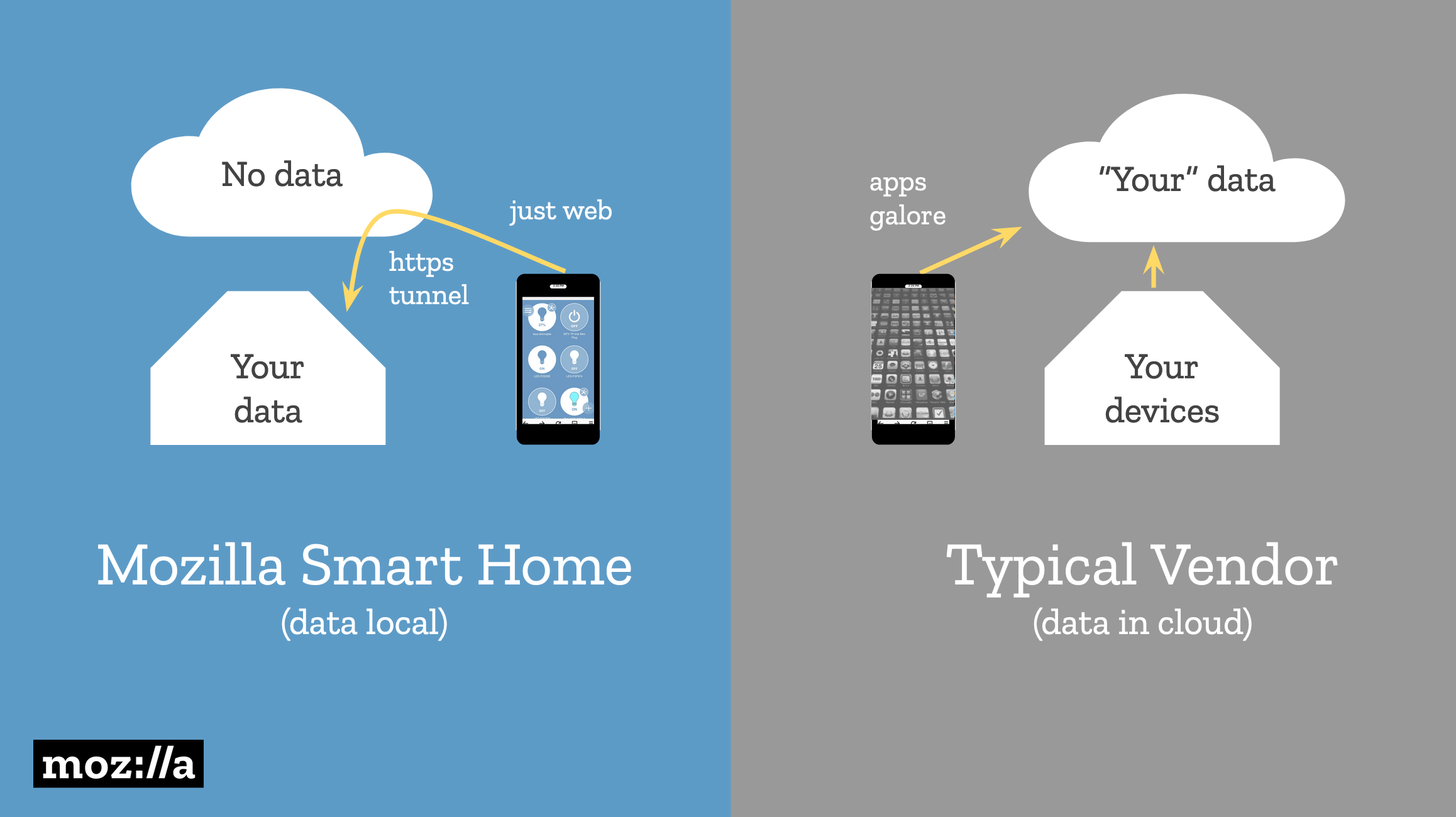Weekly Platform News: Mozilla WebThings, Internet Explorer mode, GraphQL
Publikováno: 24.5.2019
In this week's news: Mozilla WebThings provides complete privacy for user data, an Internet Explorer mode is coming to Edge, and other interesting articles.
The post Weekly Platform News: Mozilla WebThings, Internet Explorer mode, GraphQL appeared first on CSS-Tricks.
Šime posts regular content for web developers on webplatform.news.
Mozilla WebThings provides complete privacy for user data
If you, like many we surveyed, are also concerned about the security & privacy of you smart home check out @MozillaIoT's decentralized, open source solution for keeping your smarthome devices at bay—or learn more dropping by our Bay Area Maker Faire booth! https://t.co/rUcYpjBySH
— Mozilla Hacks (@mozhacks) May 17, 2019
Josephine Lau: Smart home companies require that users’ data goes through their servers, which means that people are giving up their privacy for the convenience of a smart home device (e.g., smart light bulb).
We’ve learned that people are concerned about the privacy of their smart home data. And yet, when there’s no alternative, they feel the need to trade away their privacy for convenience.
Mozilla WebThings is an alternative approach to the Internet of Things that stores user data in the user’s home. Devices can be controlled locally via a web interface, and the data is tunneled through a private HTTPS connection.

An Internet Explorer mode is coming to Edge
Still have questions on the recently announced IE mode? Our very own Fred Pullen has all the answers. Check out his in-depth breakdown on how the new IE mode works, and the benefits it will bring to our enterprise community once it goes live.https://t.co/RgewXGC1G2
— Microsoft Edge Dev (@MSEdgeDev) May 17, 2019
Fred Pullen: The next version of Edge will include an Internet Explorer mode for backward compatibility with legacy websites. Edge will also for the first time be available on older versions of Windows (including Windows 7 and 8.1).
By introducing Internet Explorer mode, we’re effectively blurring the lines between the browsers. From an end-user standpoint, it seems like a single browser. … You can use IE mode to limit the sites that instantiate Internet Explorer just to the sites that you approved.
Quick hits: Other interesting articles
Introducing the first Microsoft Edge preview builds for macOS (Microsoft Edge Blog)
Edge Canary (analogous to Chrome Canary) is now officially available on macOS. This version of Edge updates daily.
With our new Chromium foundation, you can expect a consistent rendering experience across the Windows and macOS versions of Microsoft Edge.
#EmberJS2019 More Accessible Than Ever (Yehuda Katz)
Navigating from one page to another in a client-side web app provides no feedback by default in virtually all popular routing solutions across the client-side ecosystem.
Their goal is to make Ember’s router more accessible and screen reader friendly.
Opinion: Five developer trends to watch in 2019 (DeveloperTech)
The article includes a good, short explanation of what GraphQL is and what problems it solves.
Part 2: What the Fr(action)? (CSS IRL)
Read the last section ("Intrinsic and extrinsic sizing"). All three columns have the size 1fr but the middle one is wider because of its content. This can be prevented by using the size minmax(0, 1fr) instead.
Parallel streaming of progressive images (Cloudflare Blog)
Instead of loading from top to bottom, progressive images appear blurry at first and become sharper as more data loads.
The benefits of progressive rendering are unique to JPEG (supported in all browsers) and JPEG 2000 (supported in Safari). GIF and PNG have interlaced modes, but these modes come at a cost of worse compression. WebP doesn't even support progressive rendering at all. This creates a dilemma: WebP is usually 20%-30% smaller than a JPEG of equivalent quality, but progressive JPEG appears to load 50% faster.
The post Weekly Platform News: Mozilla WebThings, Internet Explorer mode, GraphQL appeared first on CSS-Tricks.